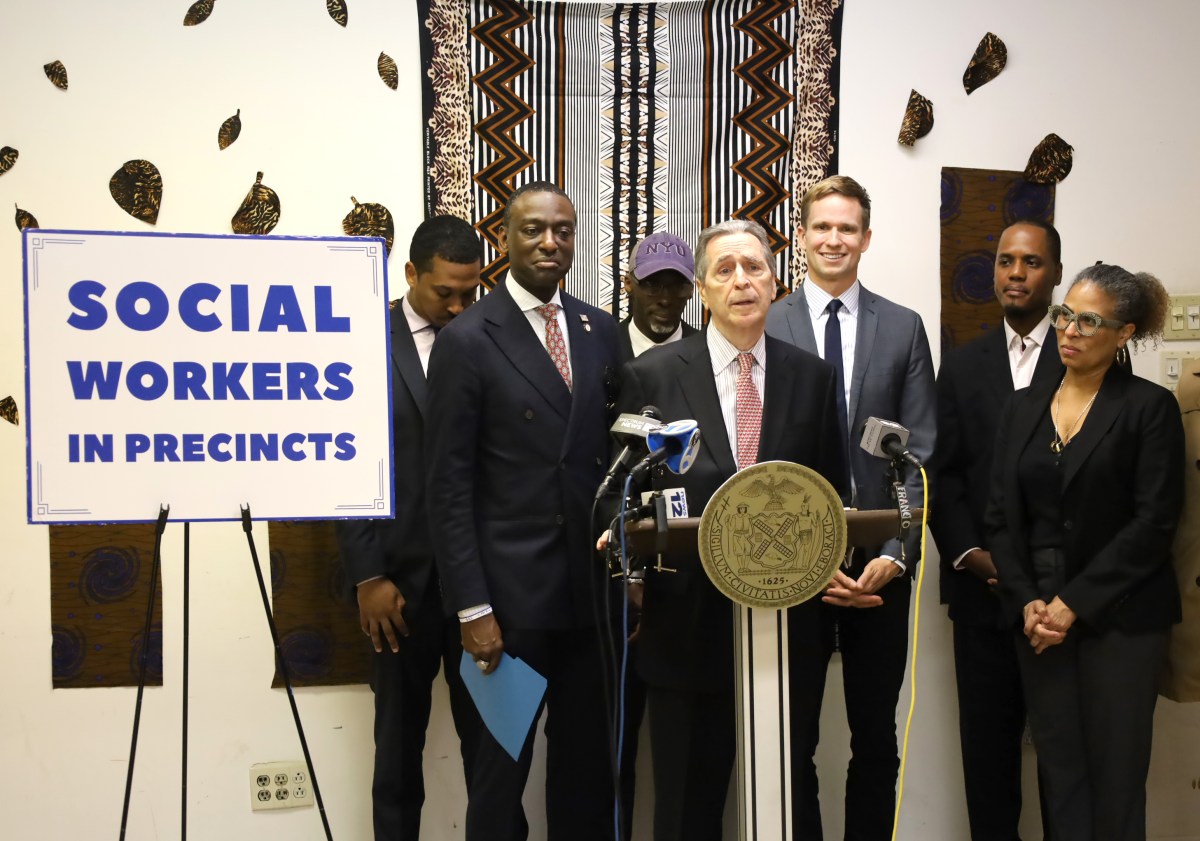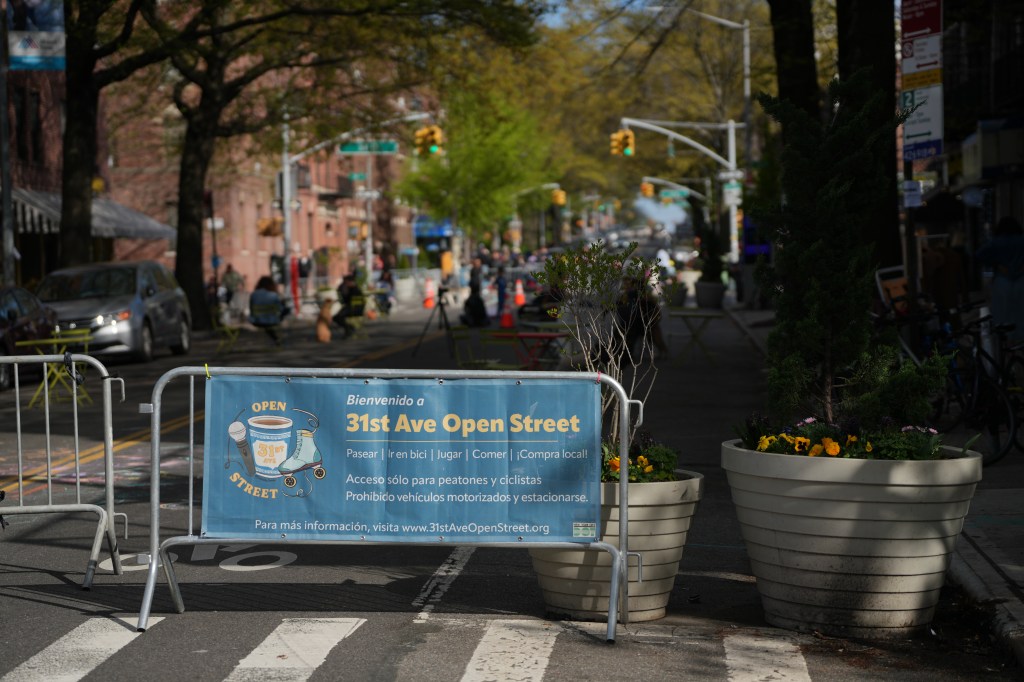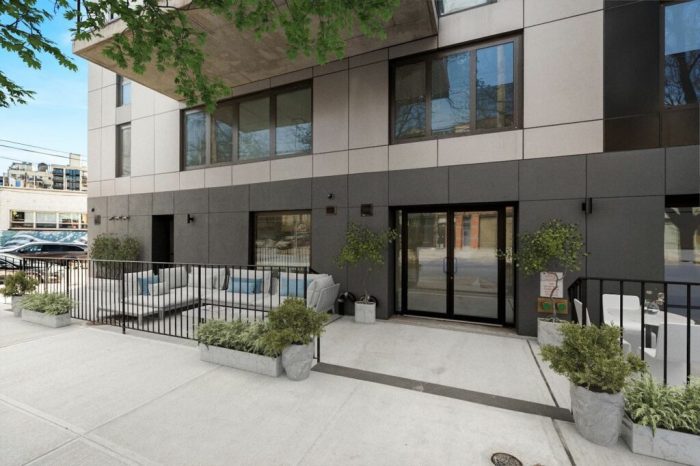Queens has always been a prime area for real estate and commercial development projects. In many instances, the profit and revenue generated by these private expansion projects has proven beneficial to the economic well-being of the borough. Unfortunately, with more money comes more problems. Problems like traffic, parking, rezoning disputes and more have become issues all too familiar to many concerned residents in Queens. The Astoria Historical Society maintains that “development means more traffic. Development increases the need for power plants. Development increases the demand for cellular antennas.”
Old Astoria Village in particular has increasingly become a hot spot for enormous development projects in part because of the zoning in the area and its attractive location adjacent to New York City.
“The area is zoned for high density development,” says Simeon Bankoff, Executive Director of the Historic Districts Council. “A lot of commercial activity has gone down, leaving in place a lot of empty lots that are perfect for development.” Large historical factory buildings like the Sohmer Piano Factory in Astoria are also in danger. The site was reviewed by the Landmarks Commission to receive landmark status on March 15th. Bankoff said, “After listening to the testimony of the owners of the building, I think it is under extreme threat to be developed into a large building high rise.”
The Historic Districts Council released a statement saying, “Zoning reform should begin with the protection of urban fabric in livable neighborhoods throughout the city,” and that “rezoning to match the existing fabric within historic districts will reinforce the strength of the district and could prevent as-of-right “block-busters” from destroying the contextual integrity of these landmark protected neighborhoods.”
Within the past month, Hack Real Estate Associates have begun construction on the historical Remsen House and rumors have been circulating concerning the proposed demolition of historically invaluable churches in the pre-civil war neighborhood. On March 11th, the Sohmer Piano Factory in Astoria was reviewed by the Landmarks Commission to receive landmark status.
The development proposal presently at the center of much debate is the demolition of the parsonage attached to St. George’s Episcopal Church on 27th Ave. Historically, the building was home to the Astoria Institute in 1828, named after John Jacob Astor, the namesake of Astoria, and the Astoria Female Seminary in 1844.
The church has plans to begin development of a four-story senior housing project that could potentially bring in revenues of over $60,000 a year to the church. Other area churches in danger of development include Astoria Presbyterian Church, which is reported to be interested in demolishing their building to create senior housing. Bankoff said that several applications have been submitted to the Landmarks commission over the last 3 years concerning St. George’s and the Landmarks Commission stated that “the applications are under review.”
The churches in the area ascribe the decisions to sign development plans on the lack of money and patronage to the churches. St. George’s congregation peaked way back during Civil War times with a total of 400 church members and has since then regressed with the passing years.
George Delis, District Manager of Community Board 1, stated “It’s a matter of survival for these churches. CB1 has not taken a position on St. George’s because it is not a special permit matter.”
According to CB1, dezoning requests for the neighborhoods in Astoria were brought before the board in 1986. At the time there was strong opposition from the community to begin the process of dezoning and stop development.
The Astoria Historical Society released a statement on their website saying, “Official channels in the community, from elected officials, the community board, and civic organizations have remained silent.”
Lou DeMonte, a 27th Avenue resident, expressed hope that the church would go about development in a more constructive fashion and avoid a severe impact on the community. “As a resident, I wanted the church to be restored and put to use for the community,” says Demonte. “It is tax-free church land and the community’s quaint country-like nature is being destroyed.”
Traffic and parking availability on the relatively small residential block seem to be the biggest concerns for area residents.
Although some residents are adamant about preserving the building, some have mixed feelings. “I would love to see the building preserved but I am satisfied with the plan for the project,” says 27th Ave. resident Myra DeMonte. “I think the church could have signed a contract with anyone but made a solid choice in the project plans. I am concerned about parking and garage issues.”
Reportedly, test drilling around the St. George’s parsonage has already begun.
































